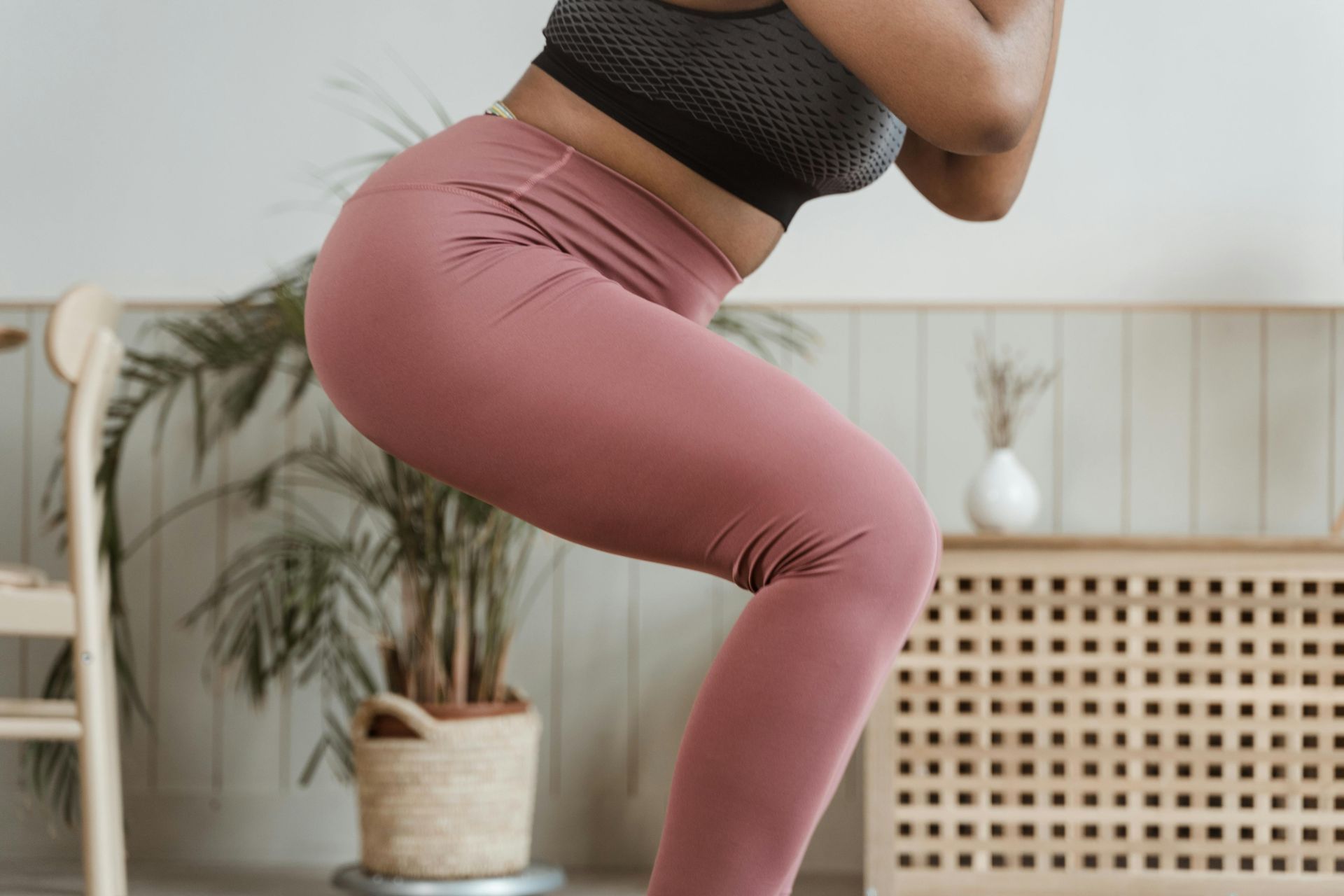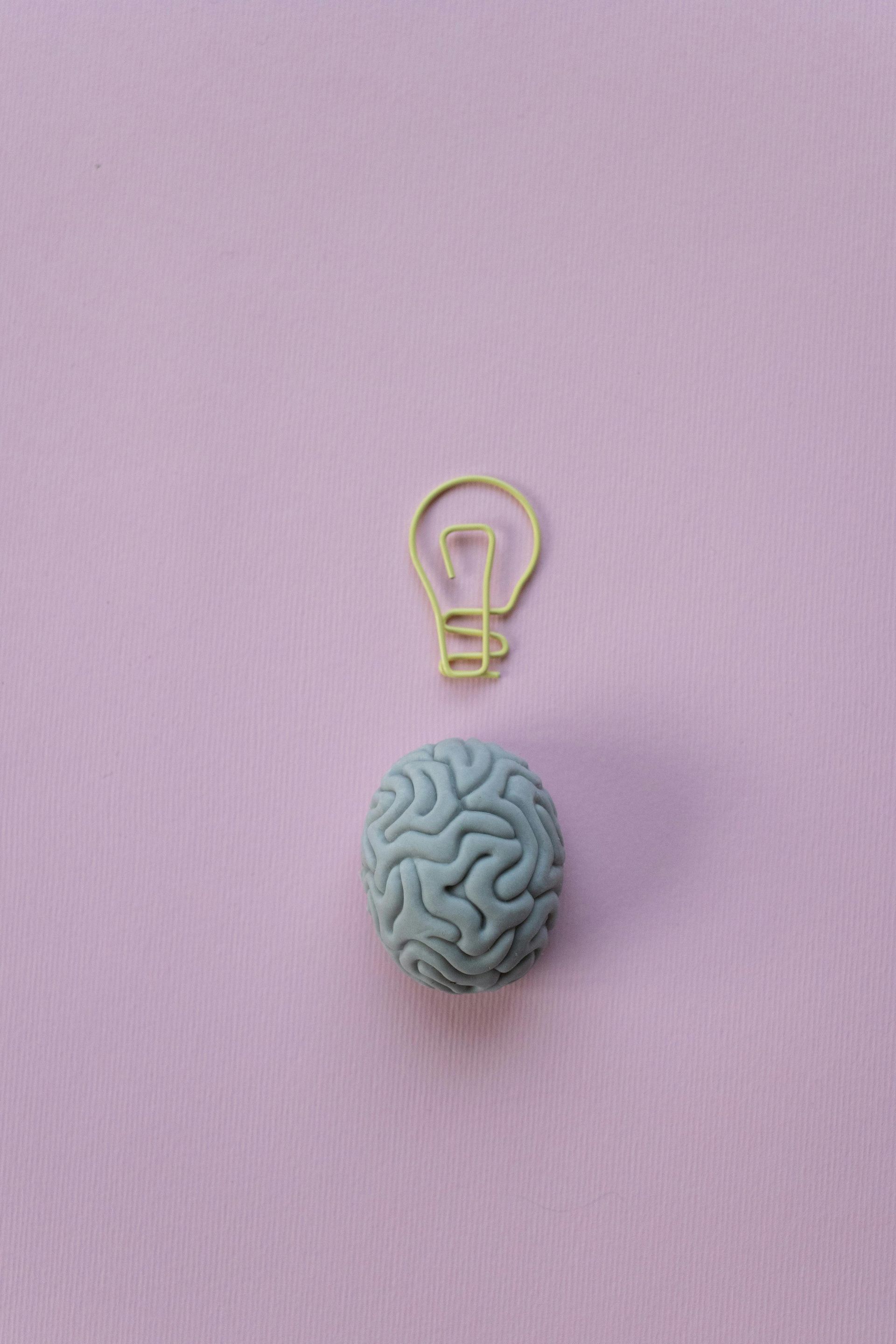The research is in: Get fitter now, feel sharper later
How to not get dementia?
When I first started teaching step classes, I used to jokingly say that it was my "anti-dementia plan".
You may not realise, because I make it look soooooo effortless (😁 - ok, not always, and certainly not when I started!), but it's a lot!
From learning choreography and cues with the music; to saying "right" and using "left"; to not falling off my step, my little brain nearly exploded when I was new to it.
But guess what?
I've been vindicated🙌🏽 ! It really is an anti-dementia plan!
And the good news is, you don't even have to be an instructor to get the benefits!
But it's not entirely why you think 🤔
Here's the thing. Everything's connected. Basically, make one change and it starts a cascade of other changes.
Dropping oestrogen's a big change
Oestrogen has a strong anti-inflammatory effect on our bodies.
There are two types - acute and chronic.
Acute inflammation happens when you cut your finger. The area gets hot and a bit swollen, then it gets better - a normal inflammatory response.
What our bodies don't like is when the inflammation just keeps on going and it becomes chronic.
And when oestrogen levels start dropping and we lose its anti-inflammatory protection, we're more likely to get into a chronic inflammatory state.
So what?
One of the outcomes of chronic inflammation can be insulin resistance.
Insulin helps our cells use glucose (sugar) for energy. Think of insulin as being a key that unlocks the door allowing sugar into cells to allow them to use the sugar.
When the key stops working (insulin resistance) the sugar can't get into the cells and doesn't get used. Instead, it circulates round the body, leading to higher blood sugar levels.
This can lead to pre-diabetes and, potentially diabetes itself 👎🏽
As well as causing you to gain weight round your middle, pre-diabetes and diabetes also increase your risk of cognitive issues.
Huh? You thought insulin only makes glucose available for movement?
Nope! In fact, your brain's the heaviest user of energy in your whole body. In fact, despite only accounting for about 2% of our bodyweight, our brain uses 25% of the available energy.
And new research indicates that insulin plays a key role in a number of different mental processes.
Such as:
- Gaining knowledge through thought, experience, and the senses;
- Memory formation and recall
- Processing speed
- The functioning of synapses (these allow brain cells to communicate with one another).
So if the insulin isn't unlocking the doors to allow the energy source in anymore, we can get these symptoms of dementia.
[Side note insulin is clearly not the ONLY factor, but it is increasingly being seen as an important one; along with LDL (bad) cholesterol]
That was a lot! Here's a summary!
Dropping oestrogen 👉🏽 more inflammation 👉🏽 insulin resistance 👉🏽 prediabetes 👉🏽 brain doesn't get the energy it needs 👉🏽 doesn't do its jobs properly 👉🏽 dementia symptoms
Does that mean that dementia's a done deal for older women?
No, absolutely not!
While the symptoms may start to appear in your 60's+, it seems that they're a result of actions taken in the 40's and 50's.
So, take action now to reduce risks later.
Obvs diet plays an important role
Eating more fresh and minimally processed foods and plenty of fiber is important.
But so's exercise.
How does exercise positively impact insulin resistance?
The research on the impact of exercise on insulin in the brain is still ongoing.
But it seems that specialized cells involved in insulin sensitivity are activated in the brain after exercise
These allow the brain to improve its capacity to respond to insulin (i.e. open the door) so it can do its jobs properly again.
And of course, exercise also improves insulin resistance itself by using up some of the circulating sugar in the blood stream without the need for more insulin.
How much exercise do you need?
I have good and bad news.
First the bad news - let's get that out of the way!
Just 10 days of physical inactivity leads to both insulin resistance and an increase in the risks to memory and learning.
And just 10 days of muscle disuse increases markers for specific proteins in the brain that are strongly associated with Alzheimer’s disease.
OK - got it! We need to do it regularly then!
The good news is that if even you don't currently regularly do anything today, you'll see a big reduction in risks simply by starting to move 🙌🏽
And just in case you were wondering, you're never too old for exercise!
And how much do we need regularly?
Quelle surprise - it seems like about 150 minutes each week (22 minutes/ day) will do the job.
It's as if it's all connected! Who knew?!
Exercise doesn't just improve insulin sensitivity.
It also brings more blood to the brain; helps new brain cells to grow and reduces the risks of falls, with their associated complications.
In fact, overall, regular brisk 20 minute walks can reduce Alzheimer's risks by 45%; while improving leg strength can reduce risks by 40%.
What exercise should you do?
A good mix of cardio exercise e.g.:
- Walking, jogging or running
- Dancing
- Step aerobics
- PiYo
Plus weight-bearing exercise, twice each week, e.g.
- Strength & Stretch
- LiFT & FLeX
- Step aerobics
- PiYo
Plus anything that helps you to improve flexibility, mobility and balance, a couple of times each week
- Strength & Stretch
- LiFT & FLeX
- PiYo.
If you can do any of these outside with other people, give yourself an extra gold star ⭐
How can I help you?
Online classes are still an awesome way to get your move on.
No travelling, no childcare requirements.
Log into Zoom, do your class, log off and you're done!
All the classes are available on a Pay as you Go or membership basis.
You can join us for Step on Mondays at 7.45am or Saturdays at 9am for 45 minutes of heart-pumping fun. Bonus strength work for your legs.
You don't even need a step - you can do it on the floor
Or join us for PiYo on Saturdays at 10am for 60 minutes of athletic, flowing movement incorporating balance, flexibility and strength work using moves from Pilates and yoga
Yes, you'll get a bit sweaty and out of breath. No, there's not much jumping around. You just need a mat, no other equipment
Or, why not try Strength & Stretch on Fridays at 7.30am? You'll get thirty minutes of weights based interval training plus thirty minutes of flexibility and mobility.
It's proof that you don't need hours in the gym to get an effective weight-bearing session in the bag!
Or, of course, there's Pilates on Mondays at 7pm and Wednesdays at 6.30pm
If you'd like to join one of our super friendly online groups, just click here to book yourself in!










